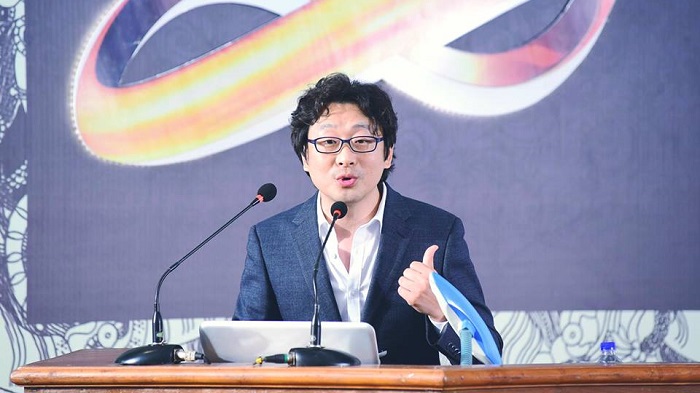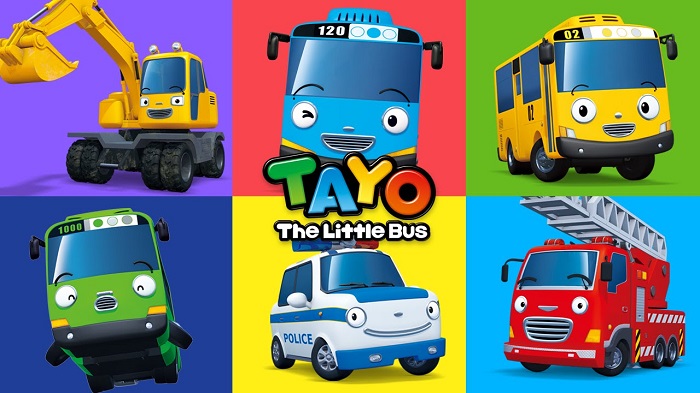A number of strategies are adopted to make any show a digital success, but at times, none of the strategies work and success still comes, as a surprise or a shock. Such is the digital success story of ICONIX Entertainment’s Tayo- The Little Bus, which was narrated by ICONIX’s new business division head, Dong-Su Jung at Toonz Media’s Animation Masters Summit this year.
Korea’s ICONIX has two popular shows- Pororo the Little Penguin and Tayo the Little Bus. Launched in 2003, Pororo was named as President of Kids in 2007 and its recognition rate in Korea at present is 99 per cent. In 2010, Tayo the Little Bus and its strong competitor Robocar Poli were launched almost at the same time.

While Tayo the Little Bus is about the adventures of a blue bus named Tayo, Robocar Poli is based on a rescue team of ambulance, fire brigade, police car, helicopter etc that saves the residents of a small town from accidents. Jung categorised Tayo as kids’ drama and Poli as a hero story. Tayo is a common bus that makes mistakes and Poli comprises of transformer robots that are “cool and awesome.” After a year, Poli stood close to Pororo in viewership and popularity while Tayo was way behind in the race, with only a 10 per cent of viewership of Pororo.
Five years passed with no response, “but one day in the middle of 2015, Tayo’s views jumped to 596 million” from a mere three million in 2011. In 2016, this number escalated to 900 million. “All of a sudden, we got sensational views from the US,” exclaimed a happy Jung. The show received twice the amount of views from the US than Korea, and only from one platform – YouTube. 44 per cent of the show’s revenue comes from the US while Korea contributes to only 12 per cent (figures of 2016).
There are about 60 car characters in the animation segment and most of the kids around the world are already aware of shows and films on automobiles. Then how did Tayo become a global character? “The meaning of content is different on YouTube,” Jung explained. It is an infinite loop: content – programming – managing – feedback – content. This is the policy they believe made everything possible for Tayo.
“The key is how fast to apply feedback in content,” stated Jung. They started reflecting on feedback from YouTube. “We understand and satisfy the audience’s demand on content,” he said, elaborating on how they also produced songs, games, costume plays, toy shows and movies revolving around Tayo. Their research also showed that studios which worked only with regular episodes saw a decrease in revenues.

According to Jung and his team, Tayo’s success mainly depends on its story. “Story comes first,” he said. When the story is set, the company can catch external chances and then produce YouTube originals.
“For animation artists, feedback from the audience is very significant,” he remarked. Feedback inspires new and better content. “It helps us understand our young audience and get close with them.”
An episode from the series that Jung showed the audience was about an excavator (construction vehicle) that nurtures a sapling and helps it grow into a flower-plant. The episode evidently imparted the message of planting trees and saving the environment. Other episodes too communicated similar values- helping, friendship, everyone has her / his place in nature etc. It was a delight watching the adorable vehicles converse with one other, teaching values along the way.
As Jung likes to put it, “We will keep producing content that has matter and happiness. We want to be friends with kids all around the world.” And what more, Tayo is already a friend of millions!
